How to tie the Loop-to-Loop Knot?
How to Tie the Loop-to-Loop Knot?
So, you’re standing there on the riverbank, wind kinda doing that annoying thing where it flips your leader around like a stray noodle, and you realize—yep, it’s time to tie a loop-to-loop. Again. It’s one of those knots that feels stupidly simple until your fingers forget how fingers work, and suddenly you’re fumbling like you’ve never held a fly line before. Happens to the best of us.
First off, let’s talk about why this knot is the unsung hero of fly fishing. It’s not flashy. It won’t impress anyone at a party (unless it’s a very specific kind of party). But it’s the quiet connector, the thing that keeps your backing married to your fly line, your fly line hitched to your leader, all without drama. No glue, no fancy tools—just loops doing loop things.
Here’s how it goes: Take the loop on your fly line—assuming it hasn’t been chewed up by a rogue pair of hemostats (we’ve all been there)—and slide the leader’s loop through it. Now, here’s where people mess up. You’d think you just pull it tight, right? Nah. You gotta feed the rest of the leader back through the fly line loop, like you’re threading a weird, tiny lasso. Then pull it snug, but not so tight it screams. If it looks like a double handshake, you’re golden.
Backing to fly line? Same deal. Just bigger loops, maybe a bit more grunt work because backing doesn’t mess around. I remember this one time on the Yellowstone, my backing loop was so stiff from dried gunk it felt like tying a shoelace made of twigs. Took some spit and patience—classy, I know—but it held when a surprise brown decided to audition for the Olympics downstream.
Now, the tangents. Because why not? Loops are kinda magical when you think about it. They’re these little portals where energy transfers from your rod to the fish, no clunky hardware in the way. And yet, they’re also the reason you’ll occasionally watch your entire leader and fly sail into the sunset because you forgot to check for wear. Pro tip: If your loops look like they’ve been through a woodchipper, retire them. No shame in a do-over.
Oh, and don’t overcomplicate it. I’ve seen guys whip out surgical tweezers to “perfect” the knot. Bro, it’s a loop-to-loop. It’s been holding stuff together since, like, the invention of string. Trust the process.
Anyway, next time you’re out there and the wind’s being a jerk, just remember: loops are your friends. Even when they don’t feel like it.
Use cases: fly line to leader, backing to fly line




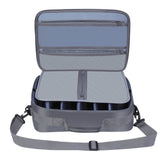
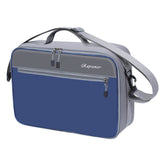
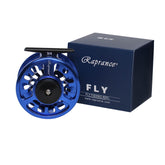
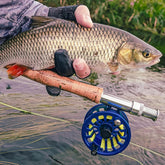

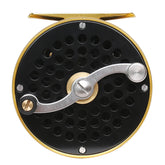
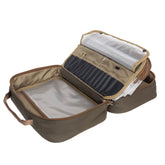
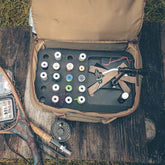
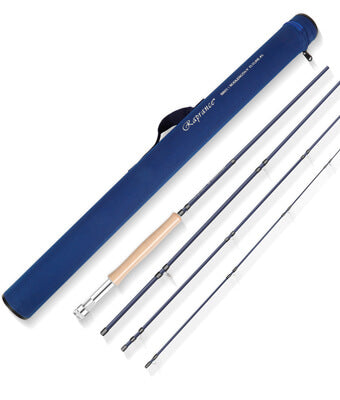


Leave a comment
Please note, comments need to be approved before they are published.